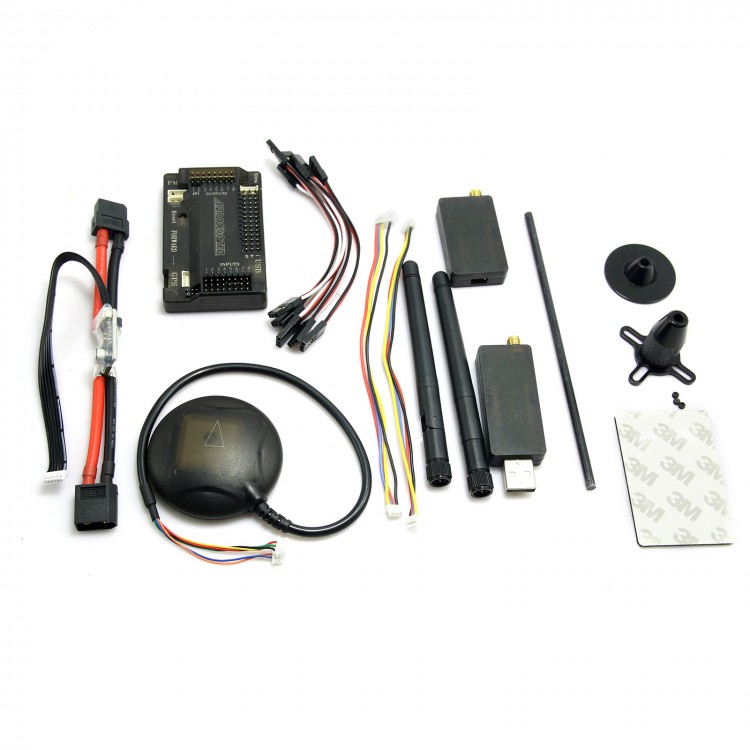

Manual-Easy: Position, Altitude, Stabilized, Manual.Vehicles can flip, and while more maneuverable, are harder to fly. In acrobatic modes RC sticks control the rate of angular rotation (around the respective axis). Not only does this make movement predictable, but because angles are controlled, the vehicle is impossible to flip. In the easy modes, roll and pitch sticks set the vehicle angle, resulting in left-right and forward-back movement in the horizontal plane (respectively). Manual modes may further be divided into "easy" and "acrobatic" modes. Some manual modes may have autopilot-assisted mechanisms to make it easier to gain or restore controlled flight.įor example, most modes will level out the vehicle when the RC sticks are centered. Manual modes are those where the user has control over vehicle movement via the RC control sticks (or joystick), while autonomous modes are fully controlled by the autopilot, and require no pilot/remote control input. Stick movement is ignored for autonomous fixed-wing flight.įlight Modes are, generally speaking, either manual or autonomous. Last of all, in multicopter autonomous modes RC stick movement will change the vehicle to Position mode by default (unless handling a critical battery failsafe).

PX4 will not allow transitions to those modes until the right conditions are met. GPS lock, airspeed sensor, vehicle attitude sensing along an axis). Some flight modes make sense only under specific pre-flight and in-flight conditions (e.g. Not all flight modes are available on all vehicle types, and some modes behave differently on different vehicle types. Pilots can transition between flight modes using switches on the remote control or with a ground control station (see Flight Mode Configuration). More detailed information about specific flight modes can be found in Flying > Flight Modes.


 0 kommentar(er)
0 kommentar(er)
